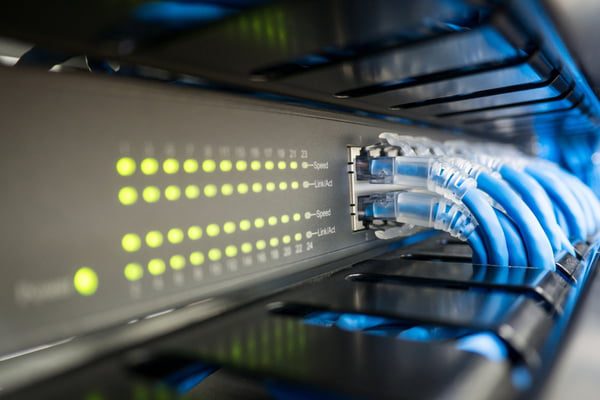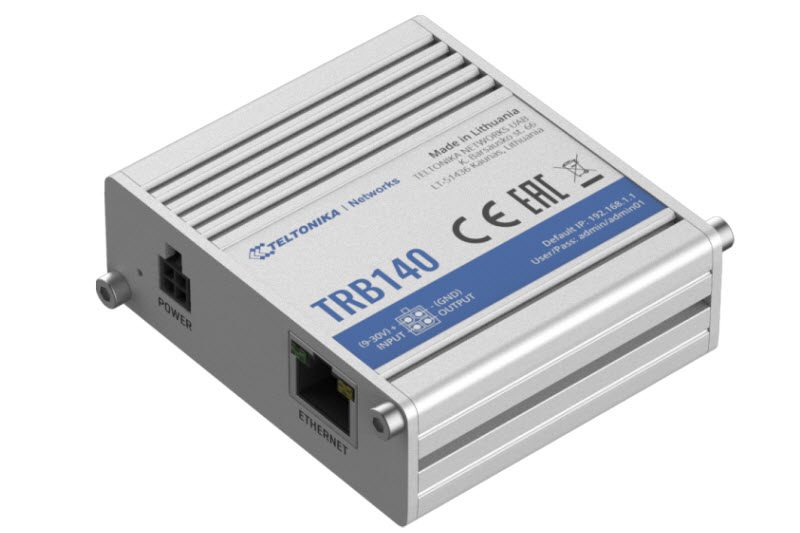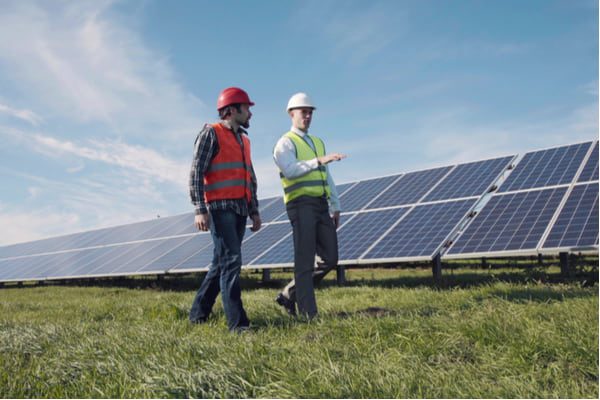As homes and businesses become more energy conscious, solar power is the obvious choice to reduce reliance on traditional sources of electricity.
Global political and economic initiatives are driving the demand for alternative power sources. In fact, solar power continues to be the leader amongst other renewable energy sources and according to the IEA will dominate growth in the next five years.
With significant economic powers such as India, China and the EU focusing heavily on the expansion of renewable energy, solar power will undoubtedly become one of the primary energy sources of the future.
 1300 130 423
1300 130 423





